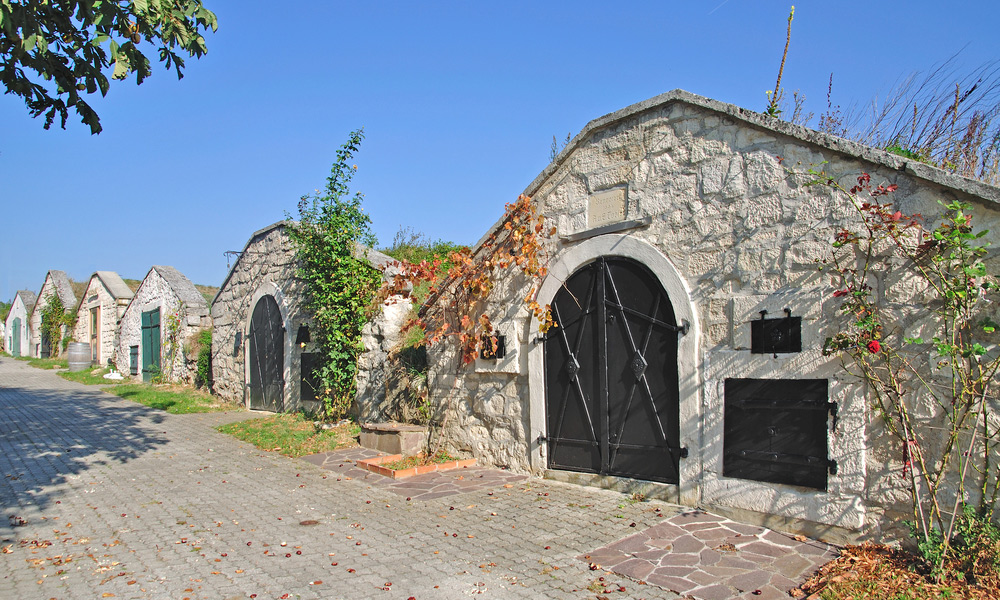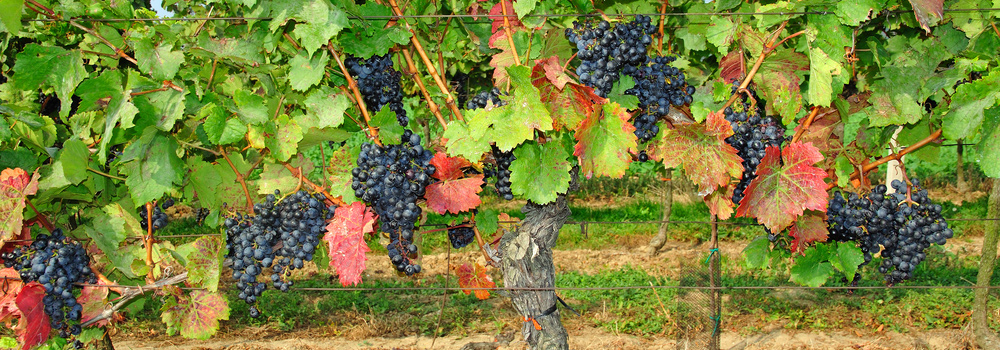It is thought that Blaufränkisch was first drunk in the Middle Ages, a time in which it was considered one of the greatest wines in the world. However, unlike grapes from Italy, France and Spain that found fame and traveled the world, Blaufränkisch pretty much stayed in the Austrian and Hungarian region, where it was cultivated and consumed.
Many believe that one of the biggest things holding the wine back, preventing it from gaining a following on the international market, is its name. Blaufränkisch isn’t a word most of us know how to pronounce, so it’s not something we’re likely to order if seen on a wine list, or ask about if we have questions at a wine shop.
In recent years, however, high-end Austrian fare has been having a moment in the US, with many more diners coming to appreciate the country’s cuisine. With that cuisine has come the wine most often drunk along with it, Blaufränkisch. More people have begun to appreciate the wine and become less intimidated by the name.
 You’ll find alleys of wine cellars in Burgenland, where much of Austria’s Blaufränkisch grows.
You’ll find alleys of wine cellars in Burgenland, where much of Austria’s Blaufränkisch grows.While Blaufränkisch is delicious with Austrian fare, it does not mean it’s only good with the Austrian cuisine. In fact, it’s terrific for almost any meal in which one would want to drink a red wine. We personally love it with a good cheeseburger.
So, if you’re a fan of Pinot Noir and Carmenere — grapes that are considered similar to Blaufränkisch–but looking for a great alternative, try Blaufränkisch. You’ll love it.
